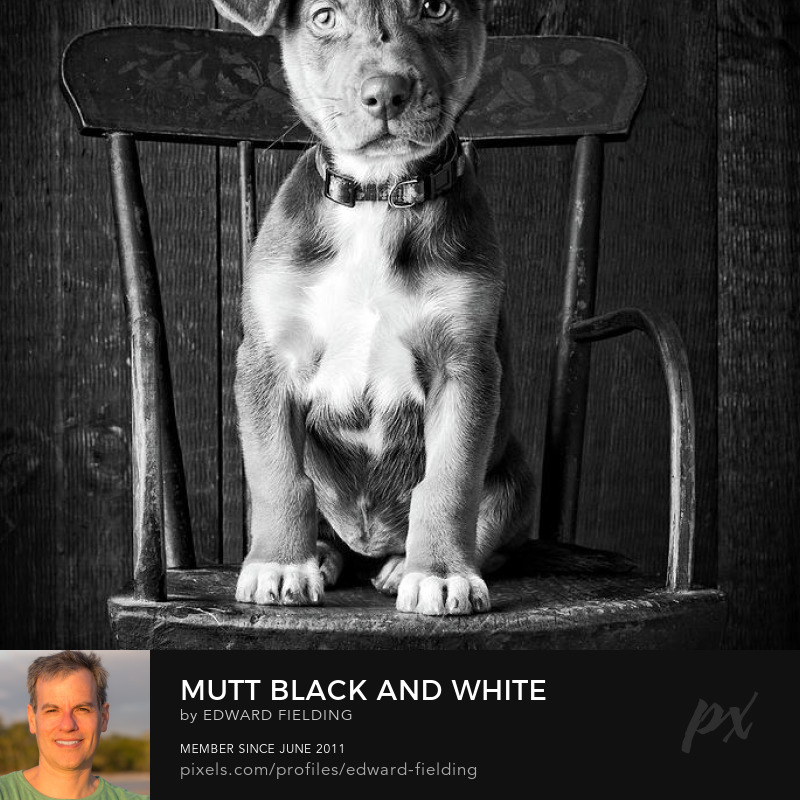“I find my most powerful source of inspiration inside of the dogs themselves. The canine spirit is like no other thing I’ve ever experienced on this planet. The joy, whimsy and essence of life that pours out of the heart of a happy dog never ceases to amaze me,” Kaylee
Professional dog photographer Kaylee Greer from Boston critiques viewers pet photographs.
This week on The Grid, Pete Collins and Corey Barker guest host and welcome Kaylee Greer on to the set. They critique viewers submitted pet images and give helpful advice. Enjoy!
……
I’ve been taking photographs of my own dog, Tiki the Supermodel Westie as well as some of his friends over the years. I’ve even collected some these dog photographs into two small gift books – “the Quotable Westie” and “Pugs”, both are available on Amazon and other bookstores.
Here is a sampling of some of the photographs from these photo shoots. All of theses images are available for sale as prints, canvas prints, framed and matted prints, greeting cards and more.
See more great dog photographs here: http://edward-fielding.pixels.com/art/dog
……
Pet Photography Tips
“I see dogs as outdoor creatures and that’s where I like to shoot them,” says Parker. He says the best outdoor locations offer bright, natural light with ample areas of open shade. A great setting will put generous swaths of uncluttered space between you and the dog and between the dog and the background. It will also allow for long, flattering portrait lenses (say, a fast-focusing 70–200mm f/2.8) and defocused backgrounds. To keep your canine calm, avoid distractions such as people or other dogs.”
http://www.popphoto.com/how-to/2015/01/tips-pro-gary-parkers-dog-photography
“Get your dog to smile!
An easy way to get them to give you that big grin is to take them for a quick run or tug on a toy with them. Have them chase you around your living room or have a quick 5-minute play session. An active dog is a happy dog and will likely flash you a huge smile after settling down.” link
“Metering
Animal fur is notoriously difficult to meter from. Dark fur absorbs a lot of light while white fur reflects it.
If you have a black and white pet the contrast range may be greater than your sensor can cope with, and you’ll need to get your exposure spot on to retain detail in both the black and white bits.
If you are filling the frame with a dark subject such as a black Labrador your meter will try to turn the black fur grey, so you’ll need to apply negative exposure compensation. The reverse is true with a white pet – you may need to add a stop of so of compensation to avoid underexposure.
If your pet is a relatively small part of a wider scene things get tricky, because the brightness of the surroundings comes into play. A black dog running on a beach, say, is an extreme example where the meter, influenced by the background, may render the dog a solid black mass with no detail at all.
Do a test shot first. Use the histogram, if it helps. Make sure you shoot in the Raw format too, because if you do get it wrong you’ll have much more scope for adjustment later.”
